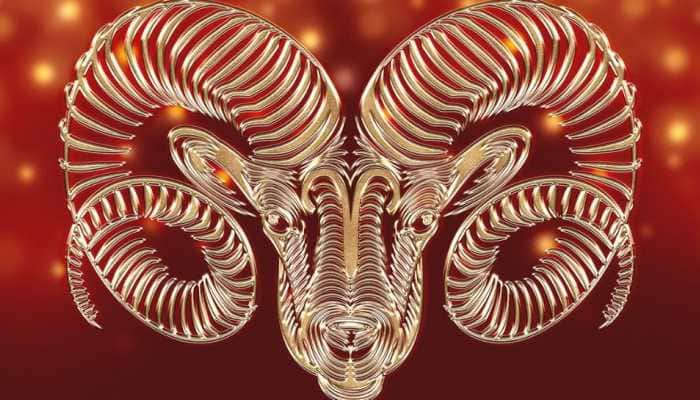Tiny part of brain which tracks expectations about nasty events identified
A recent study has identified the half-pea-sized human brain portion called habenula, which tracks negative expectations like painful electric shocks and shows how bad things could get.
Trending Photos
)
Washington: A recent study has identified the half-pea-sized human brain portion called habenula, which tracks negative expectations like painful electric shocks and shows how bad things could get.
The research has shown that the habenula got activated in response to pictures associated with painful electric shocks, with the opposite occurring for pictures that predicted winning money.
Senior author, Dr Jonathan Roiser of the UCL Institute of Cognitive Neuroscience, said that the habenula didn't just express whether something led to negative events or not, it signaled quite how much bad outcomes were expected.
Lead author, Dr Rebecca Lawson, said that there was a crucial link between the habenula and motivated behaviour, which might have been the result of dopamine suppression.
The habenula had previously been linked to depression, and this study shows how it could be involved in causing symptoms such as low motivation, pessimism and a focus on negative experiences, and could also lead people into making disproportionately negative predictions.
Roiser said that understanding the habenula could help them in developing better treatments for treatment-resistant depression.
This study is published in Proceedings of the National Academy of Sciences.
Live Tv







)
)
)
)
)
)
)
)
)
)
